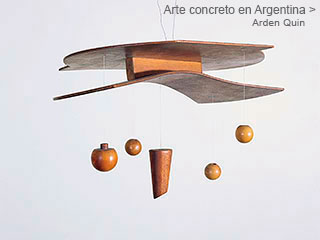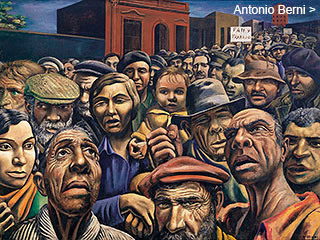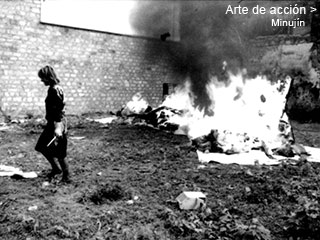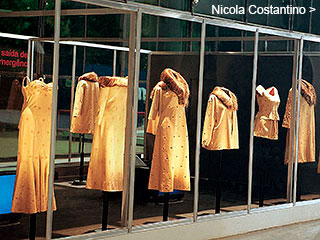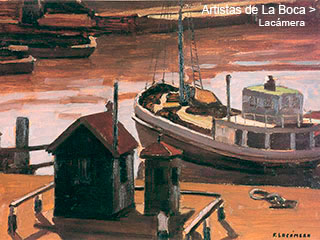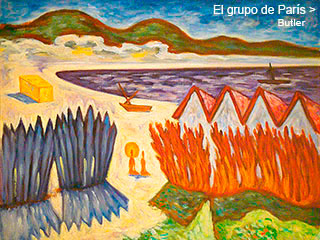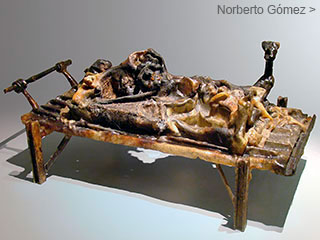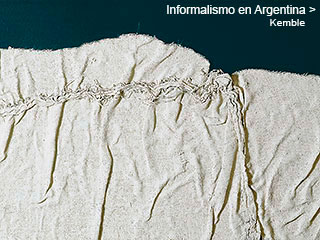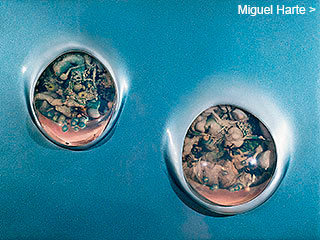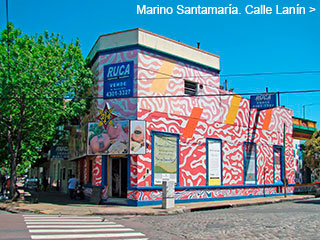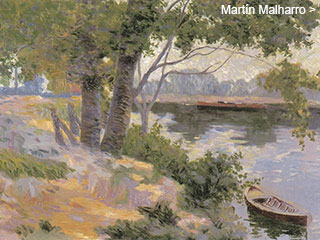Menú
Algunos dossiers
Norberto
Gómez
Gómez
by
Adriana Lauria and Enrique Llambías
March 2006
March 2006
This dossier covers forty years of Norberto Gómez’s work, from his minimalist constructions of 1966 and 1967 to the anti-monuments he produced in polyester and bronze in the nineties. In between, his series of “guts”, organic remains, weapons and “plasters” punctuate a long career that has enriched the Argentine art scene.
About Norberto Gómez
work create a coat of arms for Buenos Aires. Corbels, cornices, columns, arches, balustrades, Caryatids and Atlases evoke the eclecticism of the old areas of the city, and by appropriating them Gómez not only weaves a meaningful web of actions and reflections, but also insists on an exercise in remembrance – an exercise to which the national character would seem resistant, and which is therefore presented as all the more necessary.
With his choices of materials and forms, with every act devoted to the ethical dimension of good actions, with his detached and reflexive attitude, his cries of despair, the painful recognition of existential inadequacy, with his exercises in commemoration and his playful mockery, Norberto Gómez follows a tradition of contemporary Argentine sculptors –such as Libero Badii, Aldo Paparella, Enio Iommi, Alberto Heredia, Emilio Renart and Juan Carlos Distéfano– whose eyes stay wide open the better to look at, and moreover represent, Argentines.


